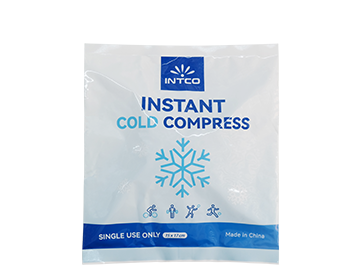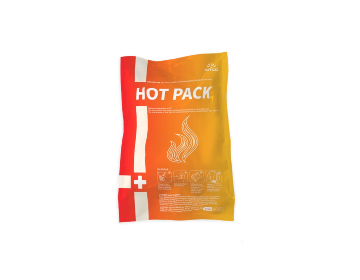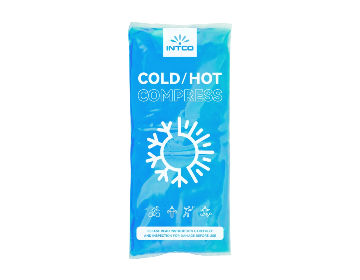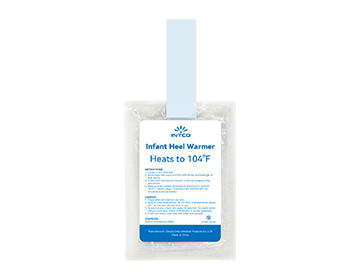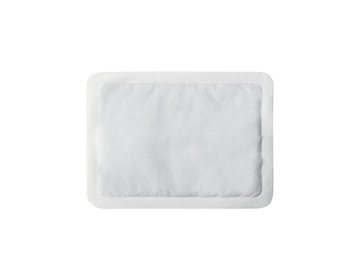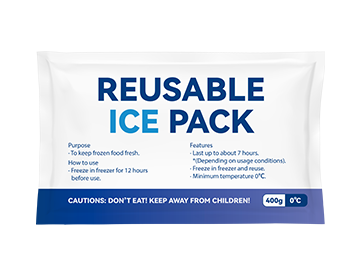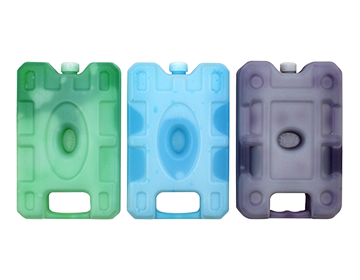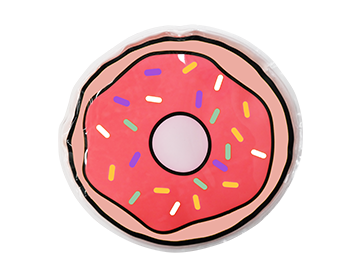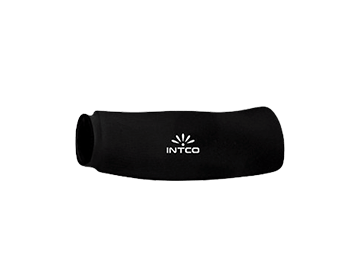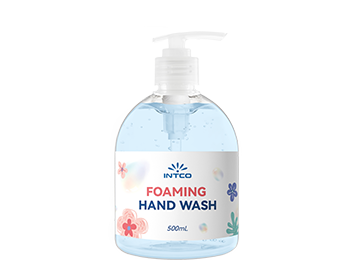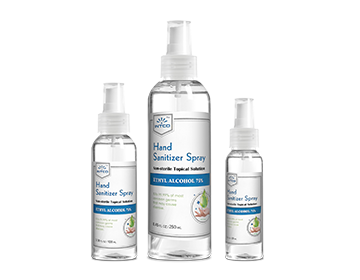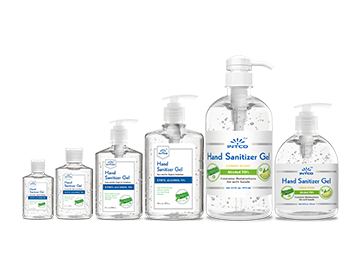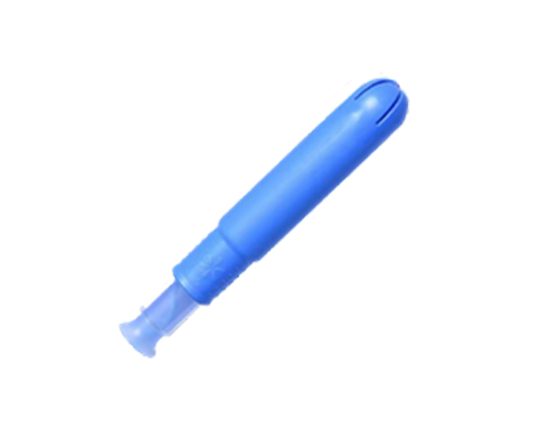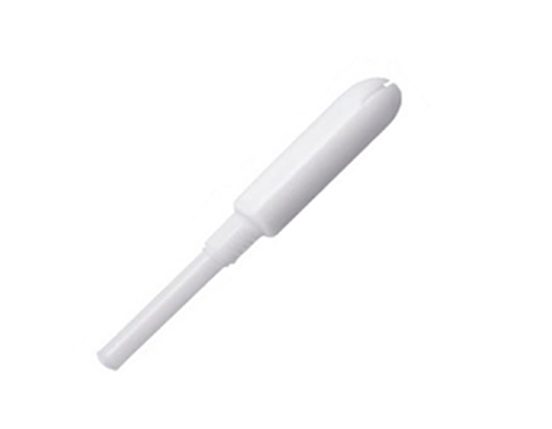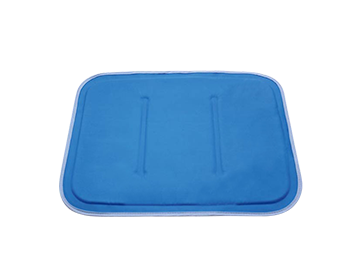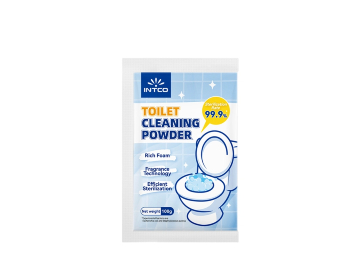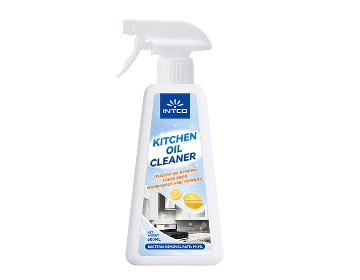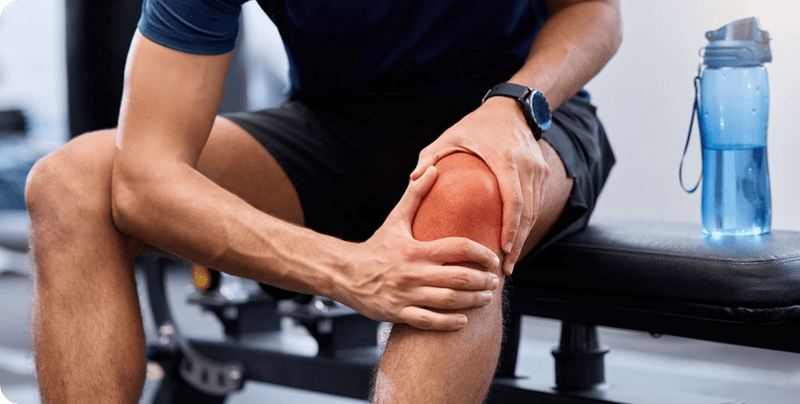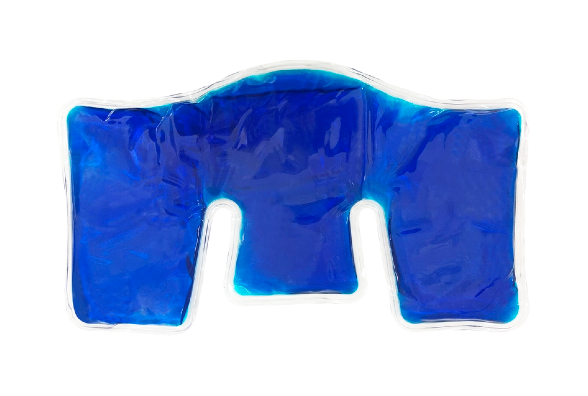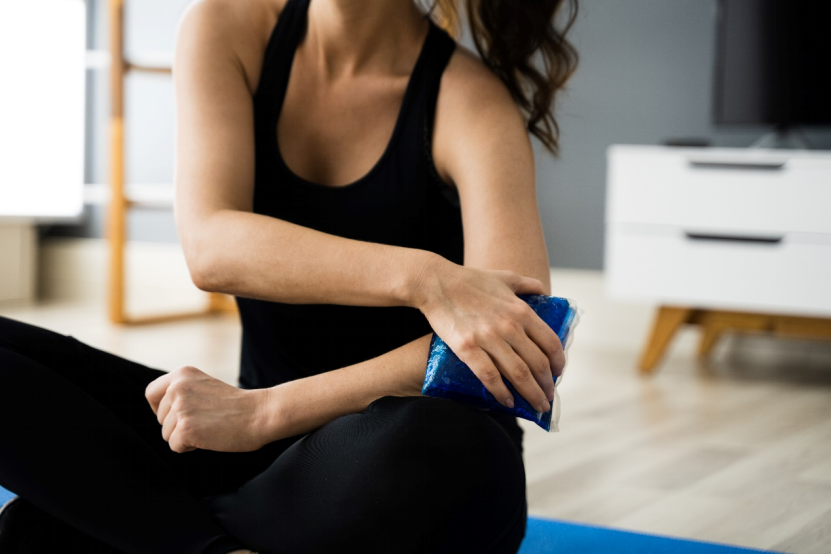Hot or Cold? How to Use a Neck & Shoulder Gel Wrap for Maximum Relief
When it comes to managing neck and shoulder pain, few tools are as versatile and effective as a neck and shoulder gel wrap. Whether you’re recovering from a long workday or soothing a sudden strain, the right temperature treatment can make all the difference. But when should you use heat therapy, and when is cold therapy the better choice?
This article will walk you through everything you need to know about using a gel wrap for maximum pain relief—including when to apply heat or cold, how to use the wrap effectively, and what to look for in a quality product. We’ll also explore how this simple product can be part of a larger home care routine for chronic or acute pain.
Understanding the Power of Temperature Therapy
The Basics of Heat and Cold Therapy
Both heat and cold therapy offer distinct benefits when it comes to pain management. Heat works by increasing circulation and relaxing tense muscles, while cold reduces inflammation and numbs sharp or acute pain. Knowing when to use each one is crucial for effective neck and shoulder pain relief.
Why Temperature Matters
Choosing the right temperature for your neck pain relief at home depends on the root cause of the discomfort. Chronic tension or stiffness often responds well to heat. In contrast, injuries or inflammation—especially within the first 48 hours—require cold to minimize swelling.
Using a Gel Wrap for Heat Therapy
How Heat Therapy Works
When heated, gel wraps for the neck and shoulders help dilate blood vessels, promote circulation, and relax sore muscles. This is especially beneficial for people suffering from tightness due to poor posture, such as “tech neck.”
When to Use Heat
- Chronic muscle tightness
- Stress-related tension
- Before stretching or exercise
- End-of-day relaxation
Application Tips
Microwave the gel wrap according to the manufacturer’s instructions. Apply it for 15–20 minutes while seated in a comfortable position. For maximum benefit, pair it with deep breathing or gentle neck movements.
Using a Gel Wrap for Cold Therapy
How Cold Therapy Works
Cold therapy reduces blood flow to the targeted area, helping to minimize swelling and inflammation. It also numbs the area, making it ideal for acute neck pain or recent injuries.
When to Use Cold
- Recent muscle strain or sprain
- Swelling or inflammation
- Tension headaches
- Post-workout recovery
Application Tips
Place the gel neck wrap in the freezer for at least 2 hours before use. Apply for no more than 10–15 minutes. Always place a thin cloth between your skin and the wrap to prevent frostbite.
When to See a Doctor vs. Try a Gel Wrap
When a Gel Wrap May Be Enough
For mild to moderate neck and shoulder stiffness, tension, or general fatigue from poor posture, using a gel wrap for neck pain relief at home is often sufficient. These are great for:
- Occasional aches from desk work
- Muscle tightness from stress
- Preventive wellness routines
When to Seek Medical Attention
While gel wraps offer temporary relief, there are situations where a doctor’s evaluation is essential:
- Pain that persists for more than 2 weeks without improvement
- Radiating pain down the arms or into the fingers
- Numbness, tingling, or weakness in the limbs
- Sudden, severe pain after an accident
What a Doctor Can Do
A healthcare provider can diagnose underlying conditions such as herniated discs, pinched nerves, or muscle tears. They may recommend physical therapy, imaging, or even medications if the pain is beyond the scope of home care.
Using a gel wrap should be part of a balanced approach to recovery—not a substitute for professional care when needed.
Choosing the Right Gel Wrap
Key Features to Look For
A quality neck and shoulder gel wrap should offer:
- Dual-temperature compatibility (microwavable and freezable)
- Ergonomic design to cover key muscle groups
- Adjustable straps or weighted features to stay in place
- Washable, skin-safe fabric
Specialized Options
Some advanced wraps come with aromatherapy infusions, weighted beads for acupressure, or extended coverage that includes the upper back. These features can enhance your pain relief experience and support long-term use.
Incorporating Gel Wraps into Daily Wellness
Pairing with Ergonomic Adjustments
Using a neck and shoulder gel pack is even more effective when paired with posture-friendly furniture, adjustable monitors, and frequent breaks during work hours.
Building a Home Therapy Routine
Establish a regular care schedule:
- Heat therapy in the morning to loosen up muscles
- Cold therapy after physical activity or stress
- Use before bed for calming bedtime rituals
Monitoring Your Progress
Track your symptoms and adjust usage based on how your body responds. If pain persists beyond a few weeks, consult a healthcare provider.
Why Trust INTCO Medical
As a global leader in hot and cold therapy manufacturing, INTCO Medical provides high-quality, customizable solutions trusted by healthcare professionals and consumers worldwide. With a strong commitment to safety and innovation, INTCO’s OEM/ODM services offer tailored product options for various markets.
Whether you’re managing neck stiffness at home or looking for scalable product solutions for your business, INTCO Medical delivers reliable performance and user satisfaction with every product.
FAQs
-
Should I use heat or cold first for neck pain?
Use cold therapy within the first 24–48 hours of injury. Switch to heat therapy once inflammation subsides for ongoing relief.
-
Can I alternate hot and cold therapy?
Yes. Alternating hot and cold (contrast therapy) can be effective for chronic pain or stiffness. Just ensure adequate breaks between sessions.
-
How often can I use a gel wrap each day?
2–3 times daily is generally safe, but always allow at least one hour between applications to avoid skin irritation.
-
Are neck gel wraps safe for children or seniors?
Yes, with supervision. Ensure the temperature is appropriate and avoid direct skin contact if the user has sensitive skin.
-
Can I use my gel wrap while sleeping?
It’s not recommended to sleep with the wrap on, especially if heated or frozen. Use it during rest periods or before bedtime for safety.

